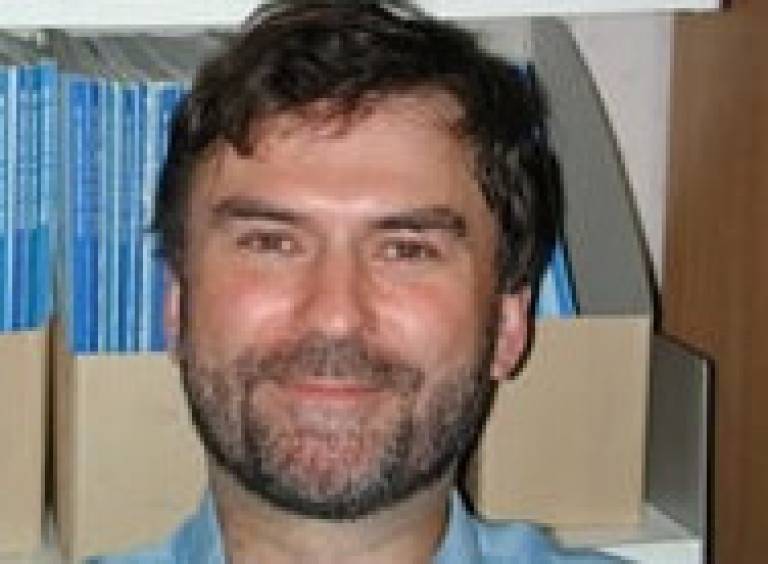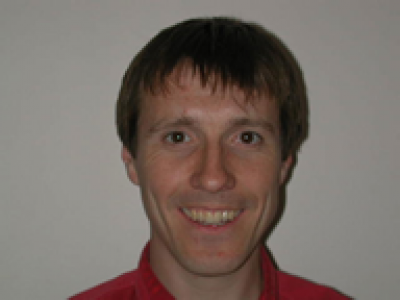UCL launches Centre for Medical Image Computing
24 February 2005
The move of Professor David Hawkes and Professor Derek Hill's research group from King's College London has enabled UCL to establish the new Centre for Medical Image Computing (MedIC) as a joint initiative between the departments of Computer Science and Medical Physics in the new Engineering building at Malet Place.

The centre brings together a substantial group of physicists, computer scientists, mathematicians and engineers working on medical image analysis and image processing. Their work encompasses the full range of activity in image formation, image analysis and image-guided interventions.
The group will build on their excellent links with clinical and medical researchers in UCL, the UK and around the world.
Under the leadership of Professor Hawkes and Professor Hill, the group has so far pioneered novel, automated and highly accurate methods for combining and comparing image-derived information, with application in the neurosciences, cardiovascular sciences, oncology and orthopaedics. Their advances in image registration technologies, image-guided interventions, cardiac magnetic resonance imaging, structural neuroimaging and optical tomography are widely recognised as world leading.

Professor Hawkes said: "We are now integrating models of physiological function - for example, electrophysiology of the heart - statistical shape models as used in orthopaedic surgery, and models of repetitive motion - for example cardiac imaging, liver interventions, lung radiotherapy, and positron emission tomography (PET) imaging - with image guidance technologies."
The MedIC group is currently developing models of disease processes to better interpret image-derived information, for instance, in image-based monitoring of disease progression and response to therapy in dementia, and in analysis of fibre tracts in the brain. They are also working on novel image guidance and therapy monitoring for translation to clinical practice of new, targeted therapies based on cellular and molecular processes.
Professor Hawkes added: "We work very closely with colleagues in
clinical and biomedical research and with the medical imaging
industries. We strongly believe that effective clinical solutions in our
area require a combination of academic engineering and scientific
research, industrial-based research and development, and clinical
research. We have been successful at building teams of researchers in
particular clinical and biomedical areas of research activity that
encompass all these areas. We also consider it vitally important to
provide a supportive, cooperative and collaborative environment to
provide our PhD students and research staff with high quality training
in the wide range of skills required in this multidisciplinary research
area."
To find out more about the centre, use the links below.
Links:
MedIC
Department of Computer Science
Department of Medical Physics & Bioengineering
 Close
Close

